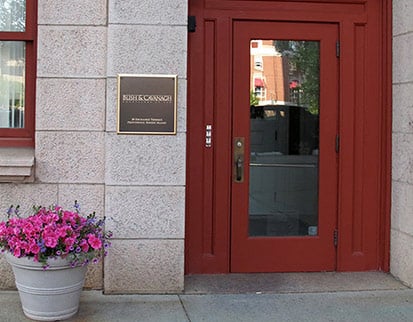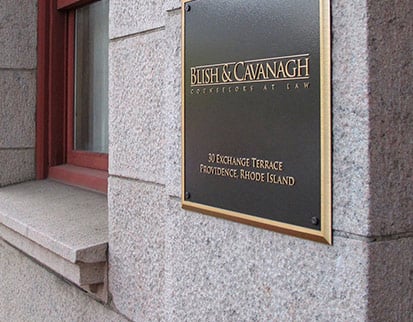The possibility of downsizing can make workers flee a company. They may worry that they will lose their income and then will have to accept lower-paying or less prestigious positions elsewhere if they don’t leave on their own terms. Companies can expect to lose a small percentage of their staff when they announce downsizing or a merger.
Still, plenty of workers will desperately fight to keep their jobs, and some of those employees may become very upset if they get let go despite their best efforts. Downsizing is a natural process when a company experiences temporary financial hardship or goes through a merger.
However, if you aren’t careful about how you make downsizing decisions, workers might try to claim wrongful termination or discrimination when all you wanted to do was reduce your workforce to keep your costs low. When are businesses vulnerable to allegations of discrimination during downsizing efforts?
When there is a pattern to their decisions
Some people may have deep-set internal biases that affect their judgment without them ever realizing it. Members of your human resources and management teams may not have intended to discriminate, but they may have disproportionately selected workers from one sex, race or age group to terminate in the downsizing.
When a group that shares a protected characteristic experiences disproportionate negative consequences in a company staffing changeover, those workers may have grounds to claim discrimination. For example, if a significant percentage of your workers over 40 or of a particular religious belief all exit the company simultaneously, they may claim that their protected characteristics influenced that decision.
How can you protect your business against such allegations?
The goal of downsizing is to save costs, not to incur even more expenses fighting off questionable discrimination claims in civil court. Establishing clear criteria for how you make decisions about downsizing early in the process will help your company defend the decisions it eventually makes. Reviewing the list of workers selected for termination can also help, as you may notice a pattern when looking over the list.
Recognizing when your company may be vulnerable to allegations of misconduct, like discrimination or wrongful termination, can help you protect the business from expensive claims by former employees.








